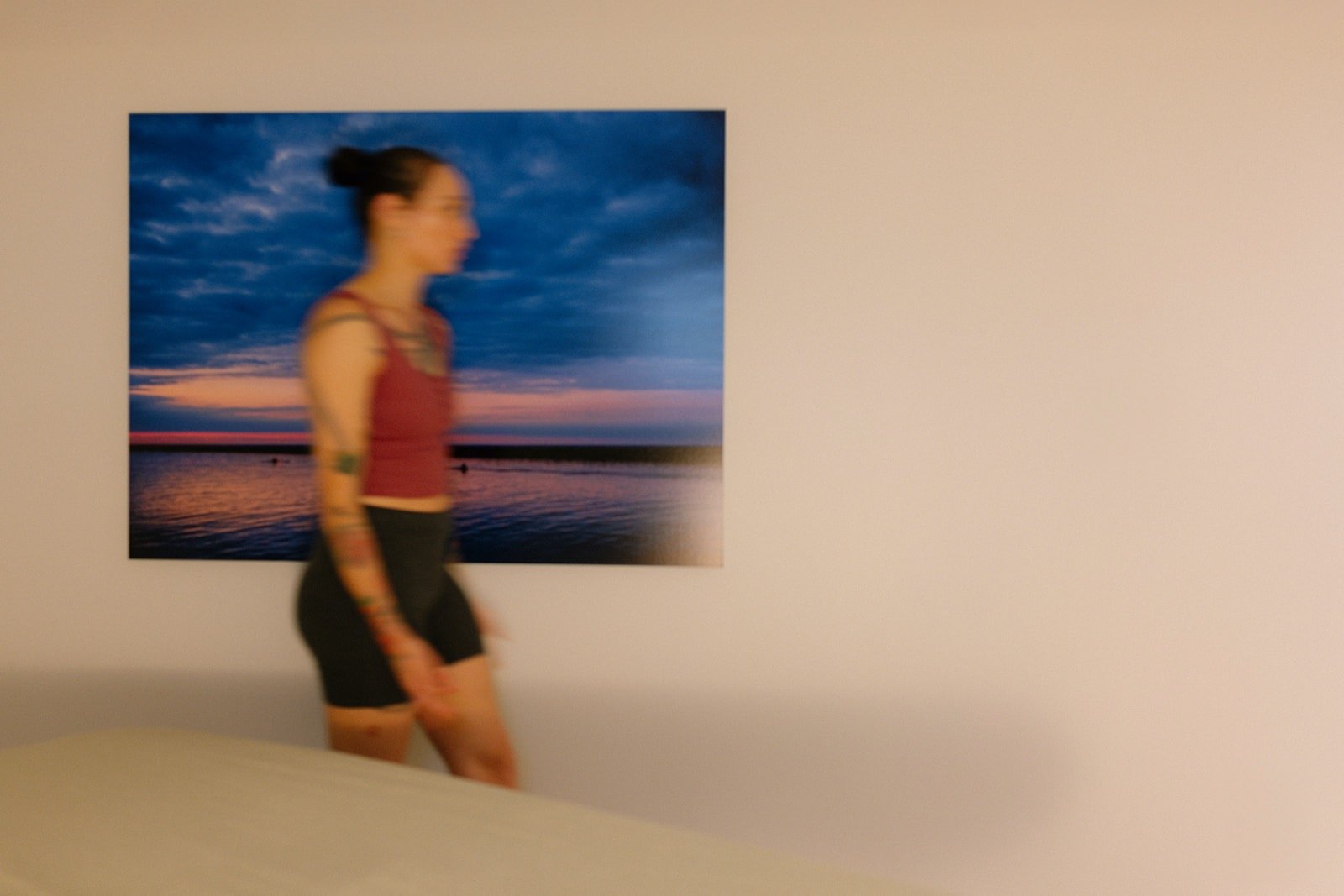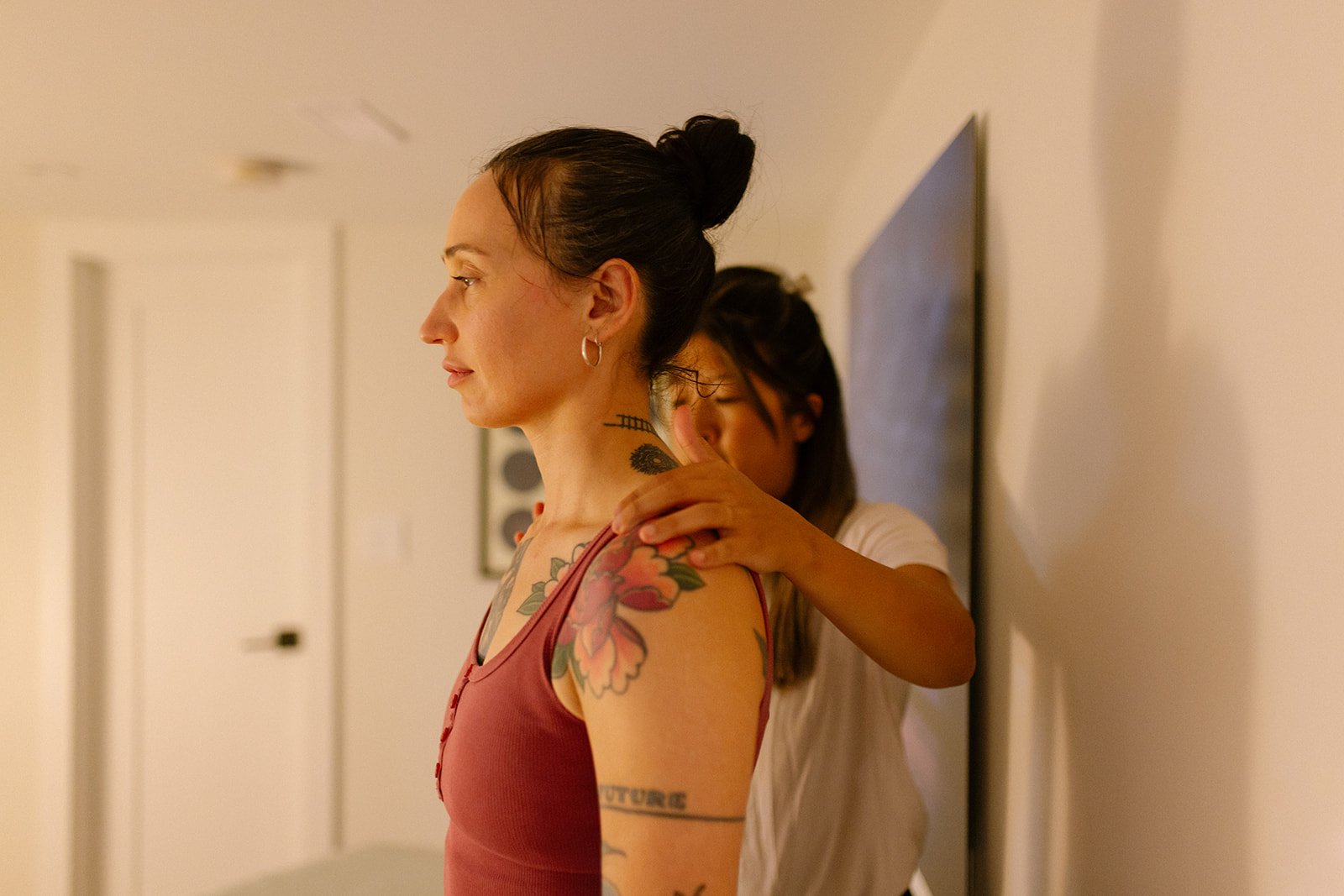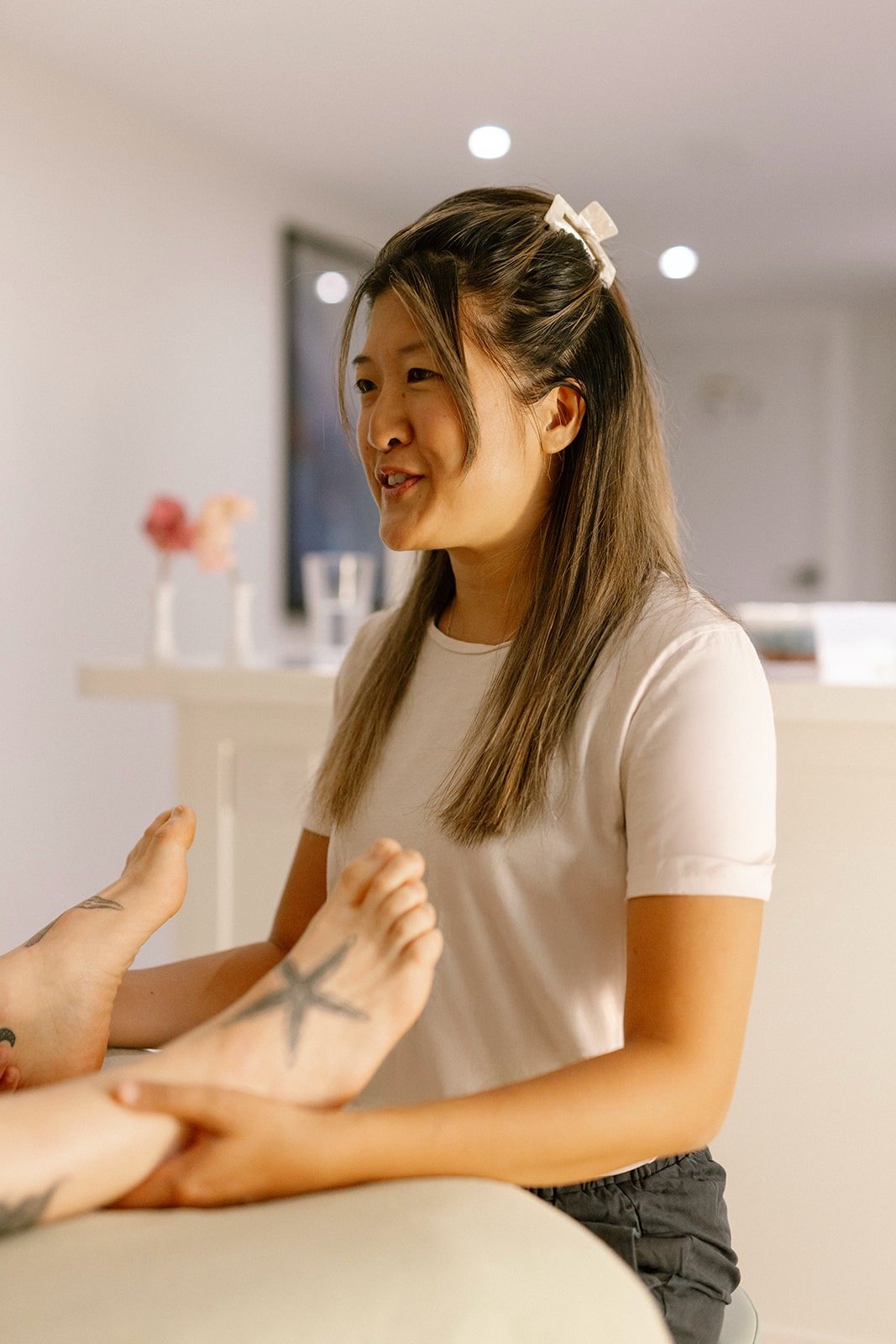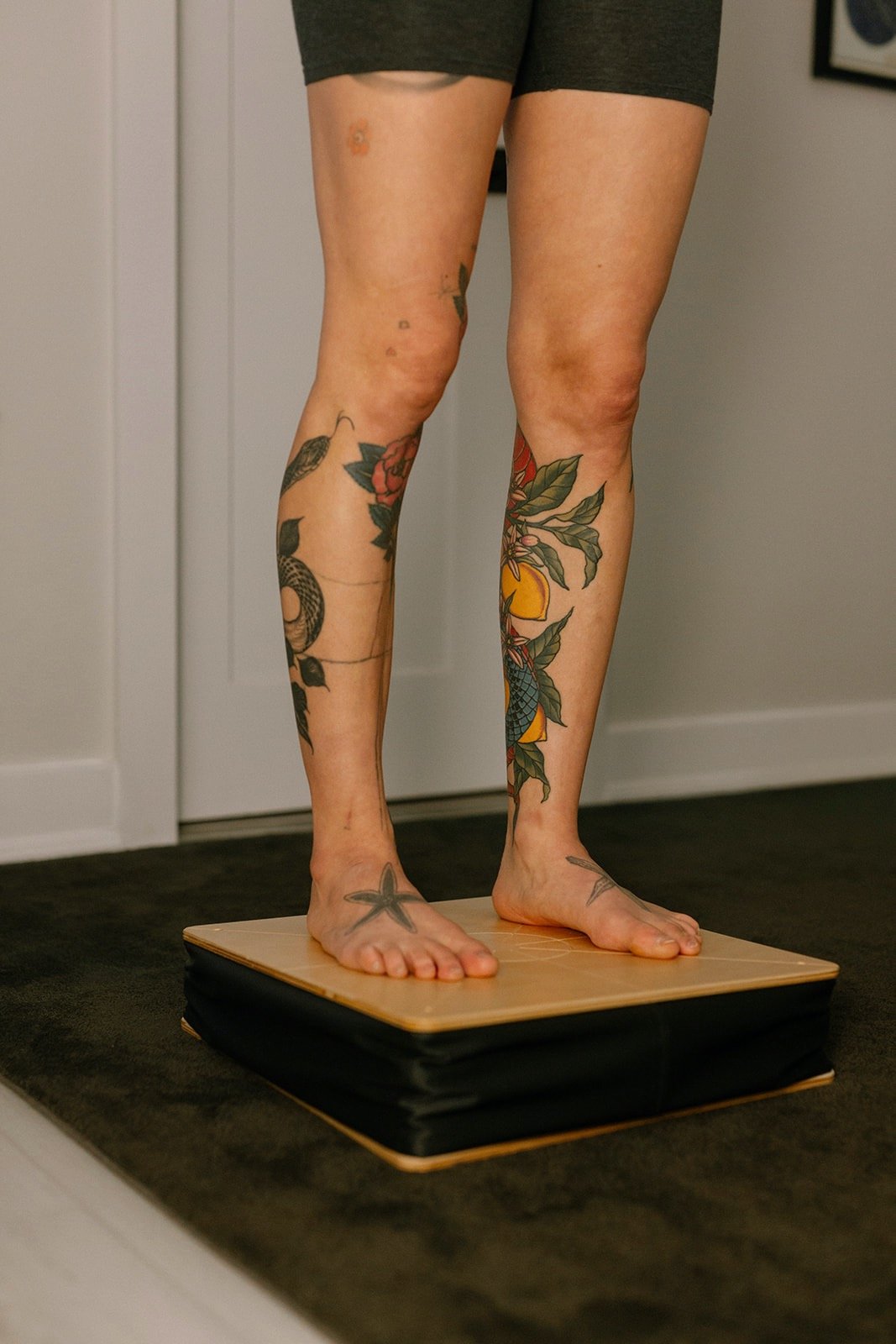Recognition and Land Acknowledgment
As a practitioner of Rolfing Structural Integration, my life’s work is an inquiry into the nature of embodiment.
We do not exist as bodies in isolation; we are affected by our social and cultural environment, as well as our relationships with one another.
I acknowledge that before I had the privilege of living and practising on this land, the First Peoples had their own bodywork therapies and energy healing techniques, which were comprehensive and sophisticated. I am committed to learning more about their practices.
Tkaronto has been a site of human activity for 15,000 years. This land is the territory of the Huron-Wendat and Petun First Nations, the Seneca, and most recently, the Mississaugas of the Credit River. The territory was the subject of the Dish With One Spoon Wampum Belt Covenant, an agreement between the Iroquois Confederacy and Confederacy of the Ojibwe and allied nations to peaceably share and care for the resources around the Great Lakes. Today, the meeting place of Toronto is still the home to many Indigenous people from across Turtle Island, and I am grateful to have the opportunity to work in this community and on this territory.


















